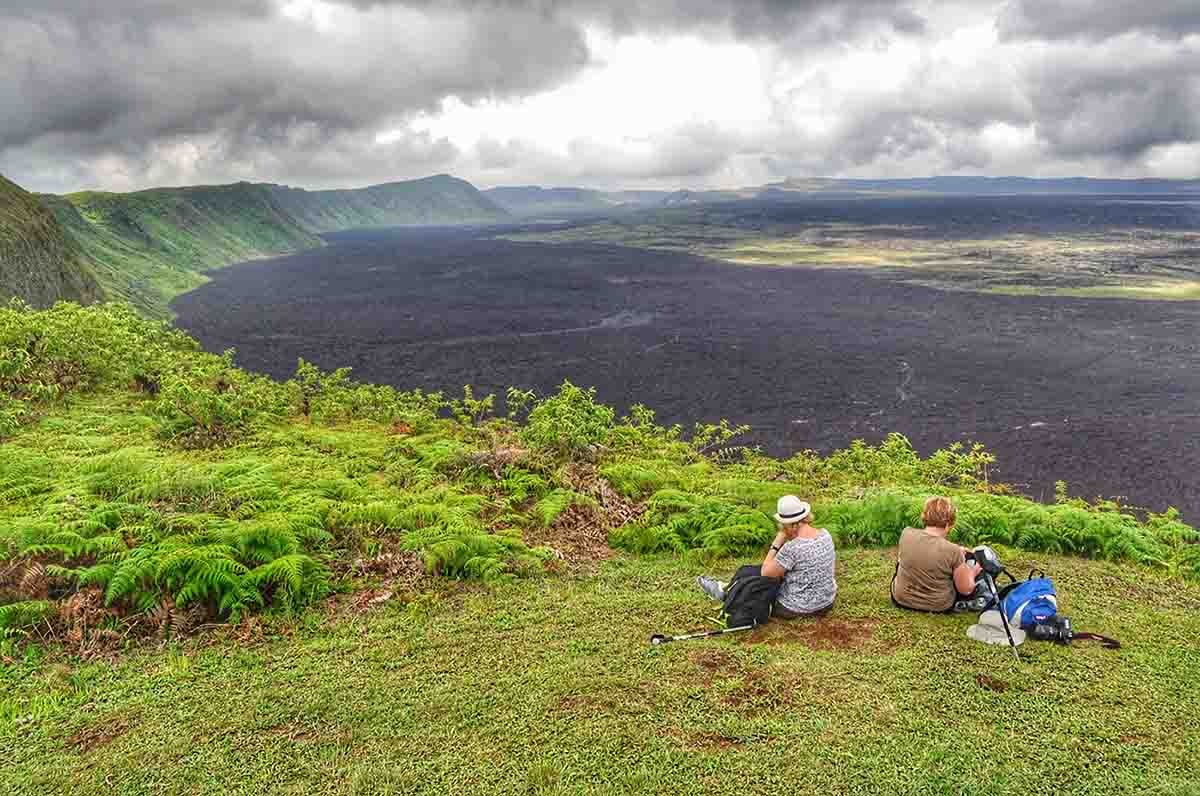From marine iguanas, flightless cormorants and the worlds smallest penguins, each Galapagos Island in the West side of the archipelago is mesmerizing. Snorkel with sea lions and manta rays, hike on lava and visit the less explored parts of the islands on a liveaboard voyage. A full 8 day tour program on the Calipso (16 guests tourist class yacht) will take you to a different island every day, no packing and unpacking, unbeatable scenery and a handpicked crew to look after your every need. Unlike any other place on earth the wildlife does not fear humans and many species are endemic, meaning the exist nowhere else on the planet.
Tag für Tag
Karte

Preview

Preview

Preview
Kreuzfahrt beinhaltet
All meals and excursions
Transfers in the islands
Bilingual National Park Guide
Kreuzfahrt nicht enthalten
Roundtrip Airfare to / from Galapagos
Alcoholic beverages
National Park entrance fee (US$200)
Transit Control Card (US$20)
Medical / Travel Insurance
Tips
Personal expenses
Galapagos 8 day natural history tour West Islands Calipso yacht
Von USD 6745,00
Jetzt anfragen
Termine & Aktionen
| Termine | Preis (USD) | Verfügbar | Buchen | Förderung | |
|---|---|---|---|---|---|
No data | |||||